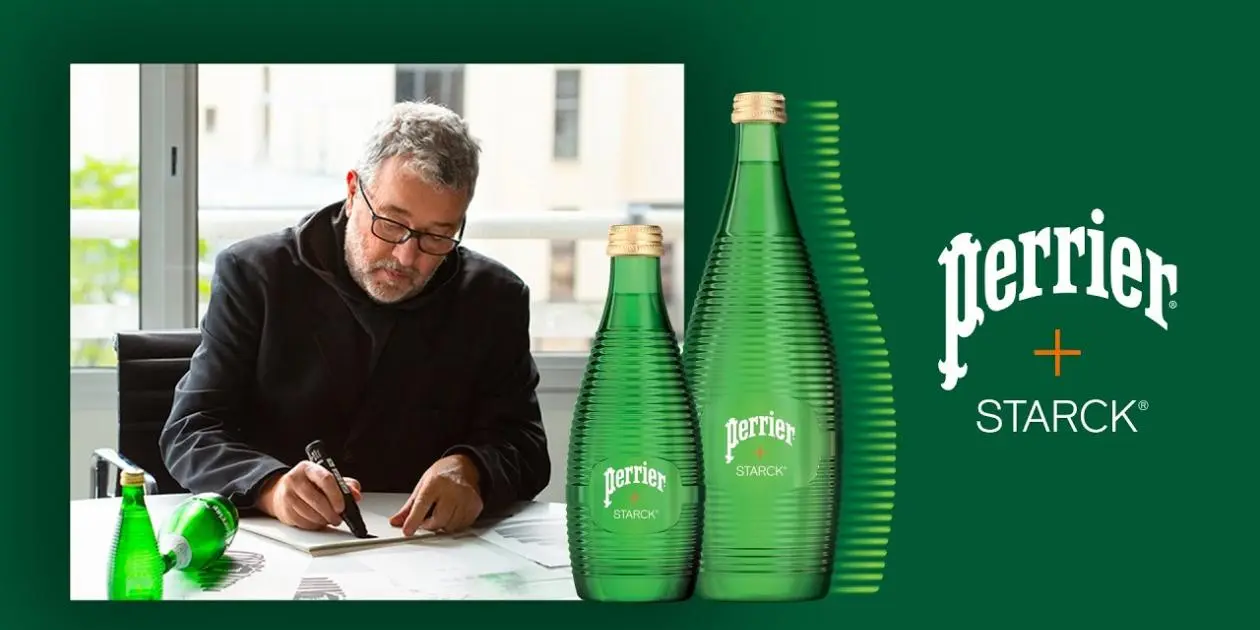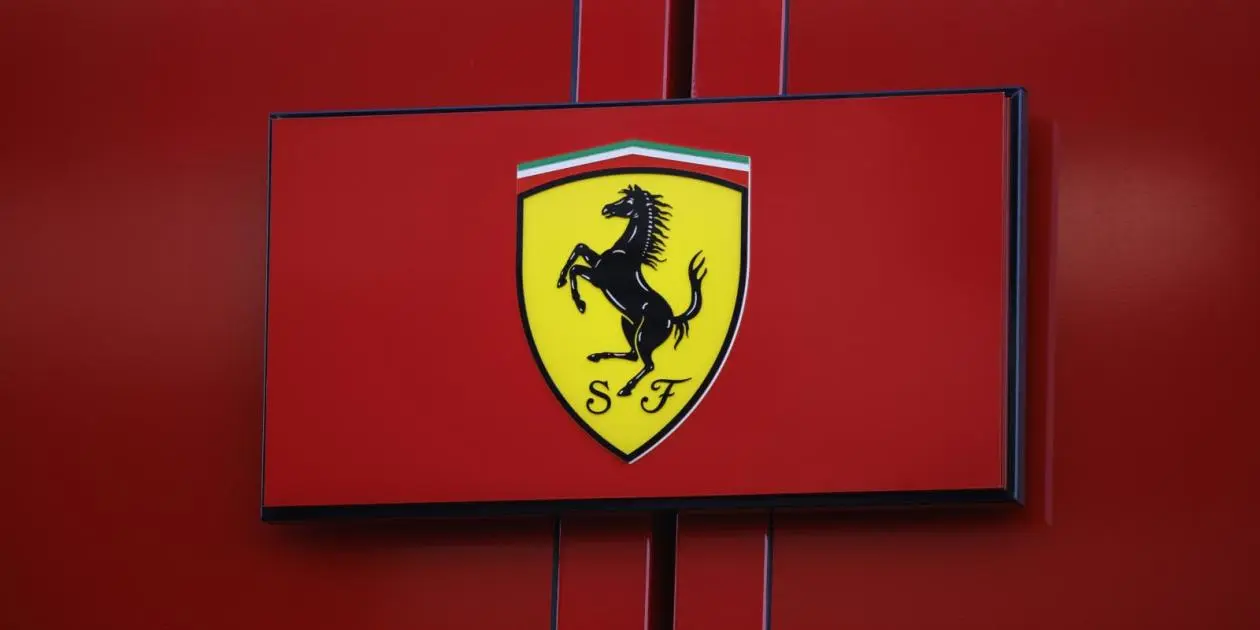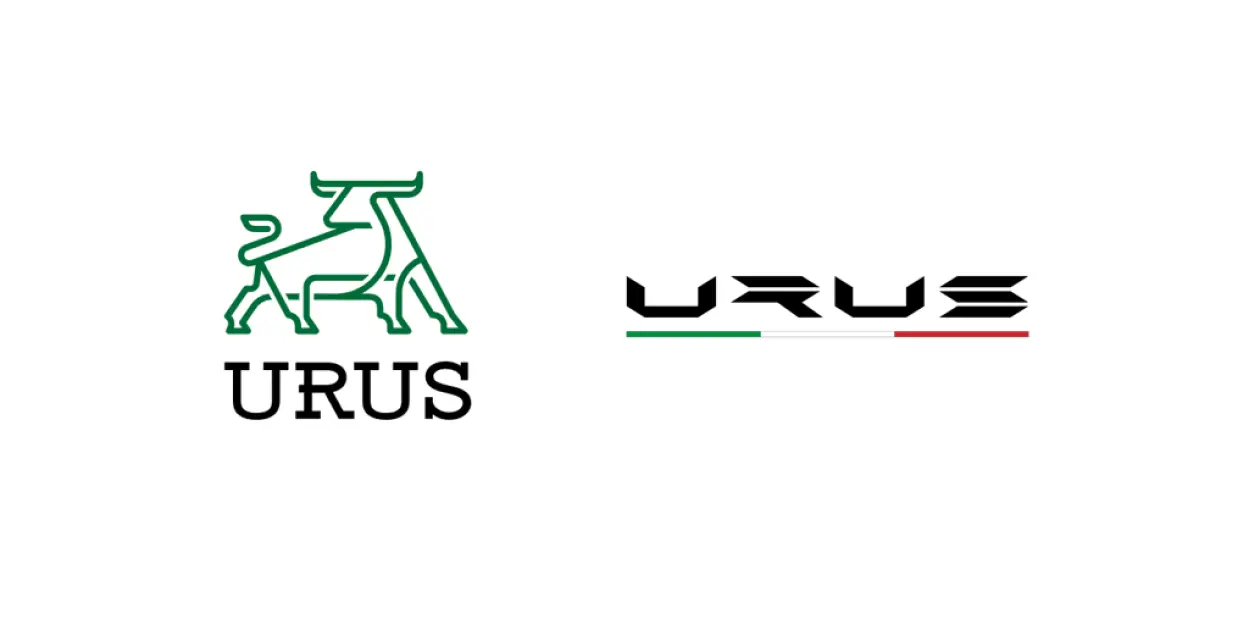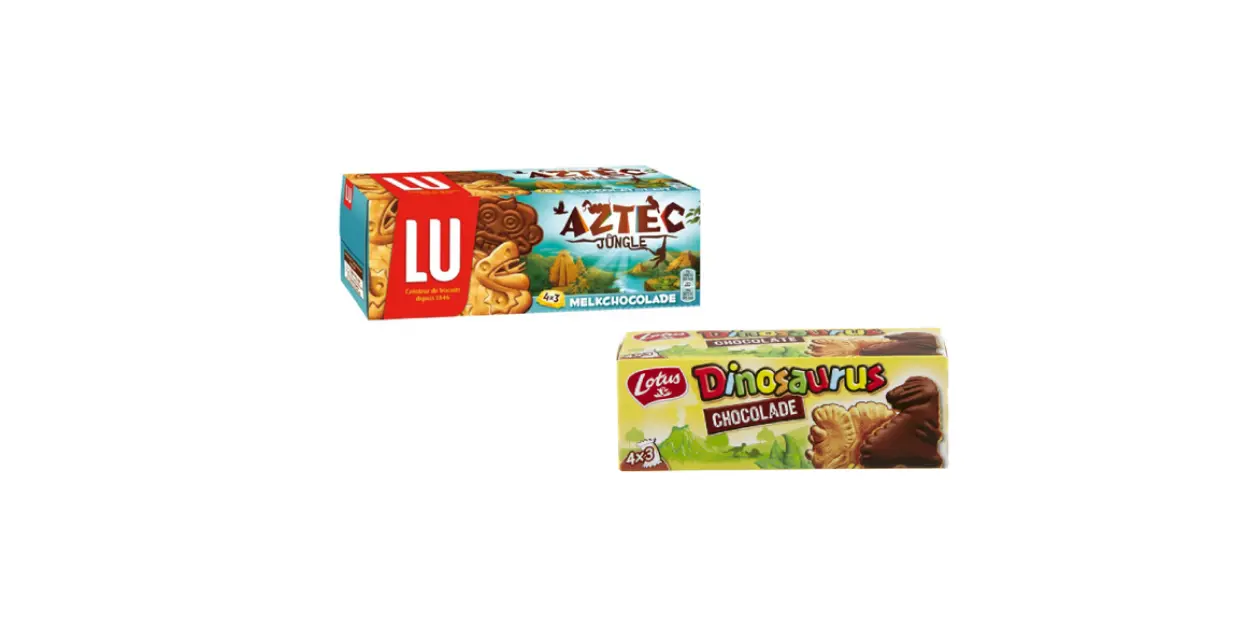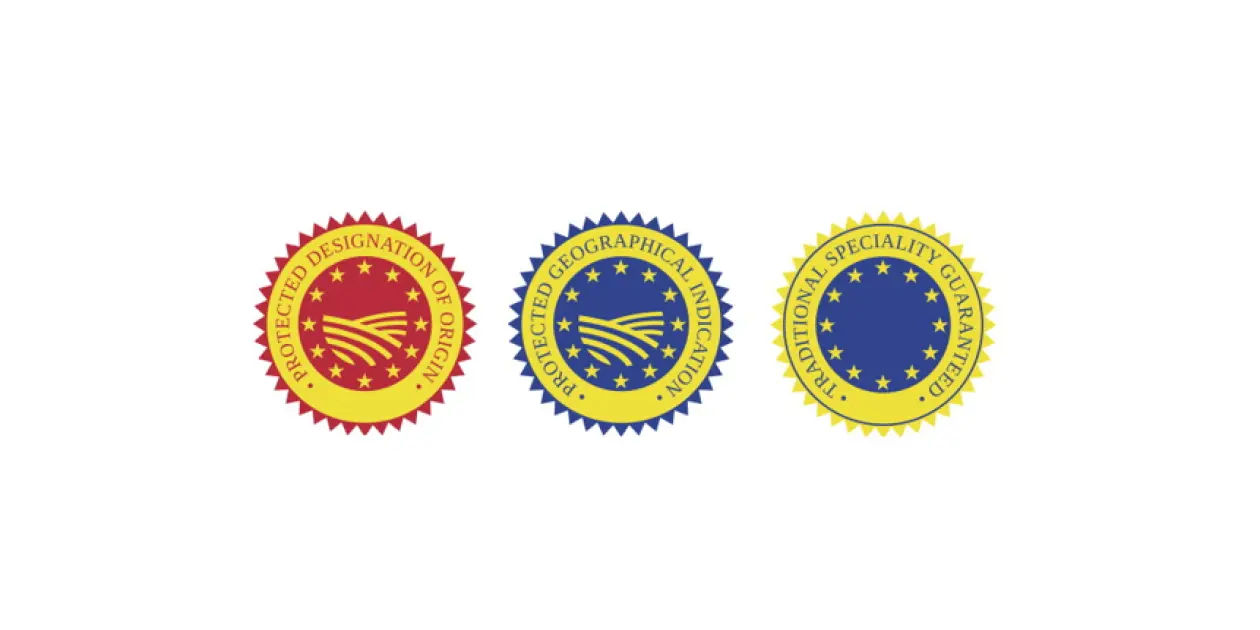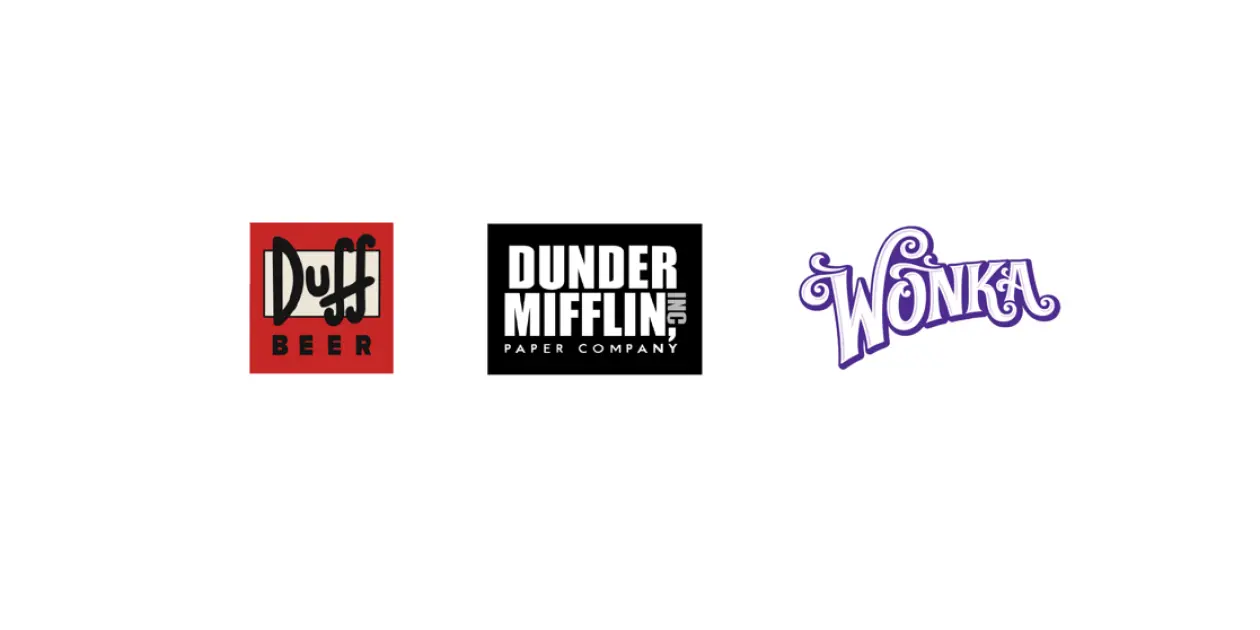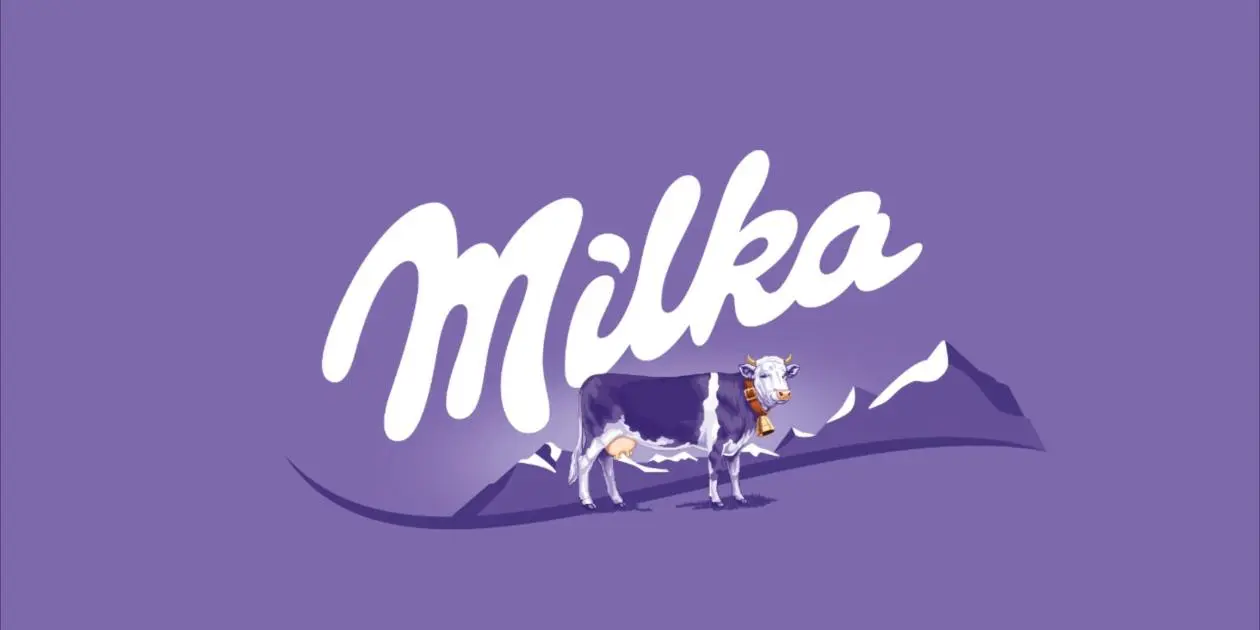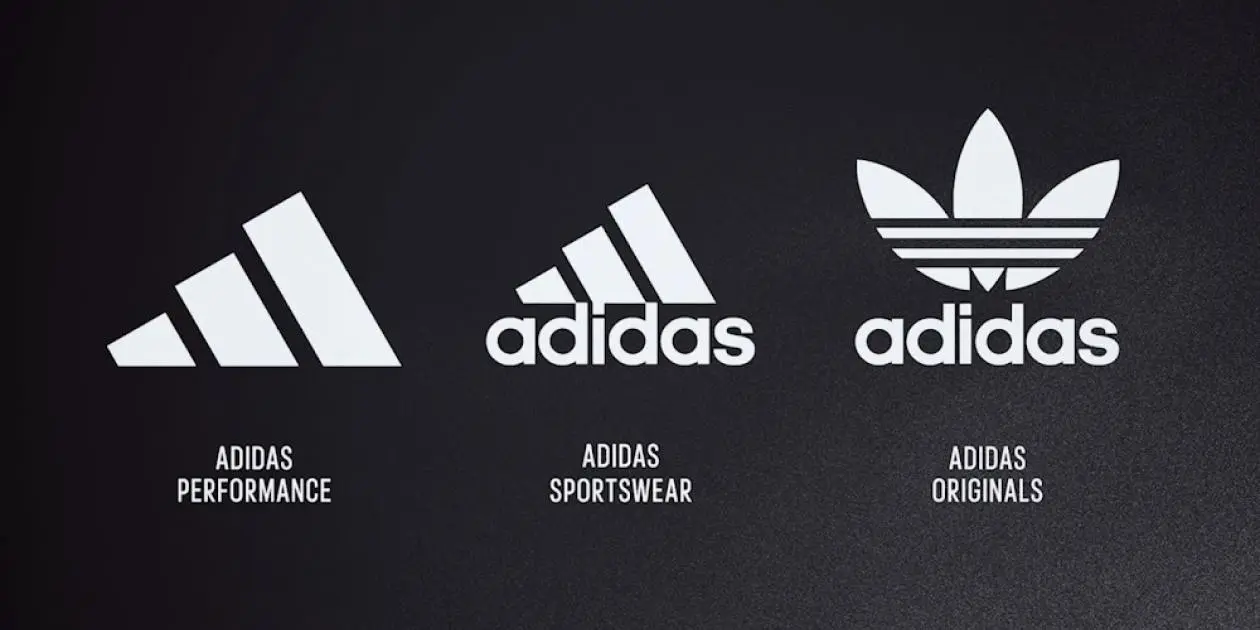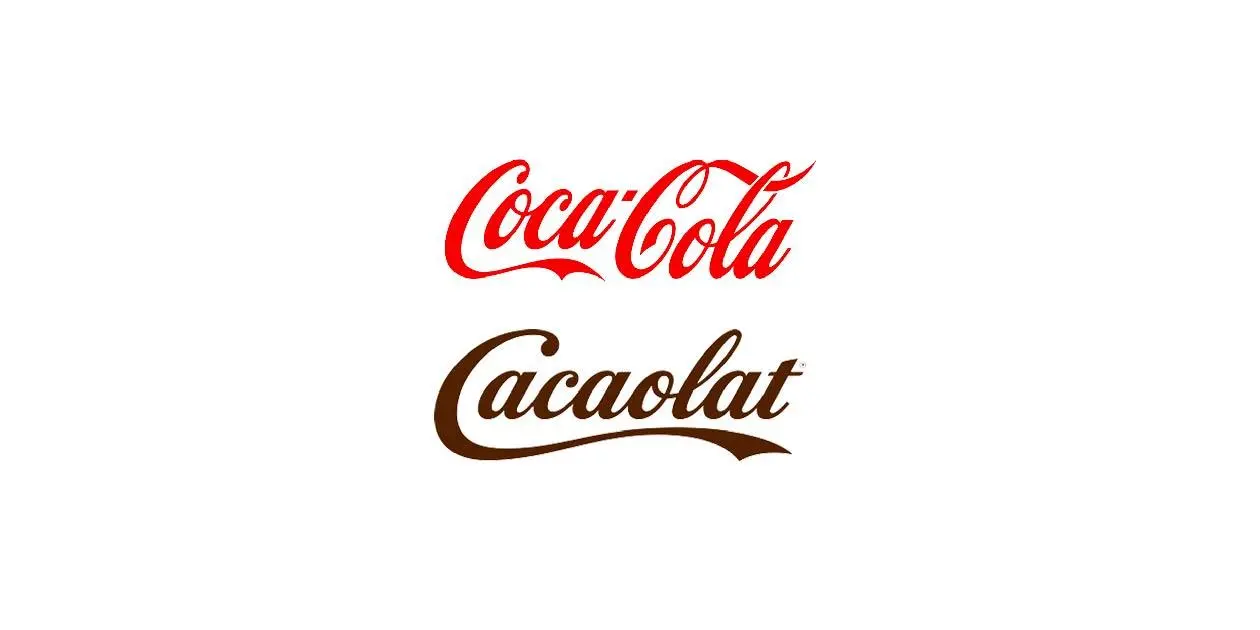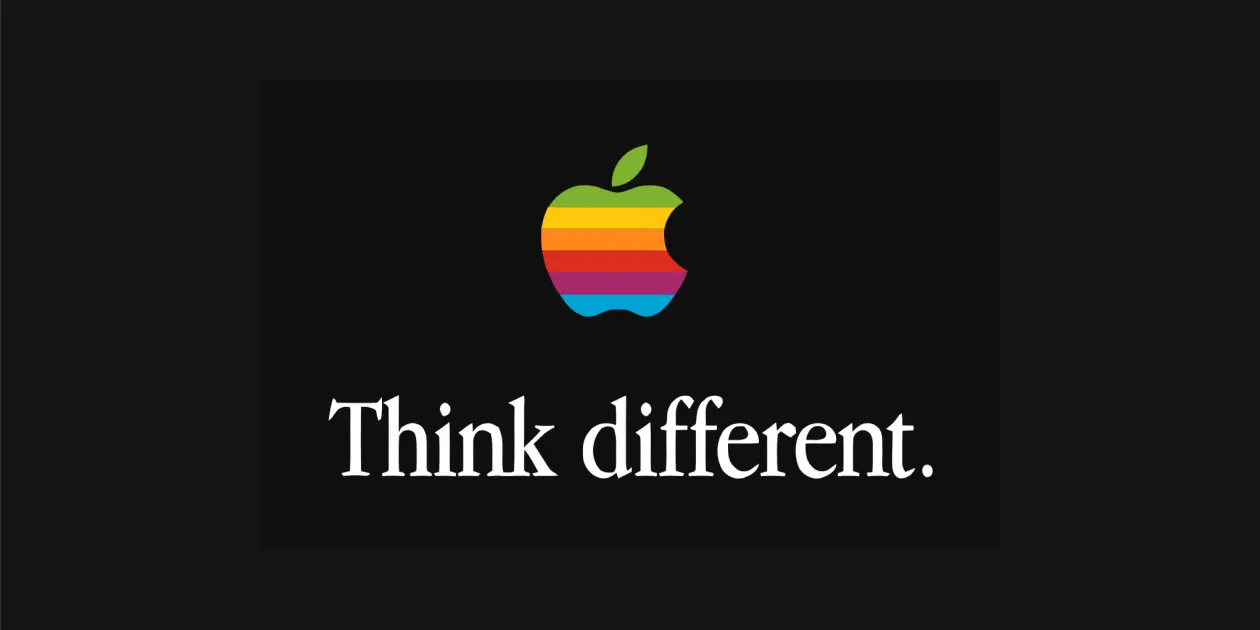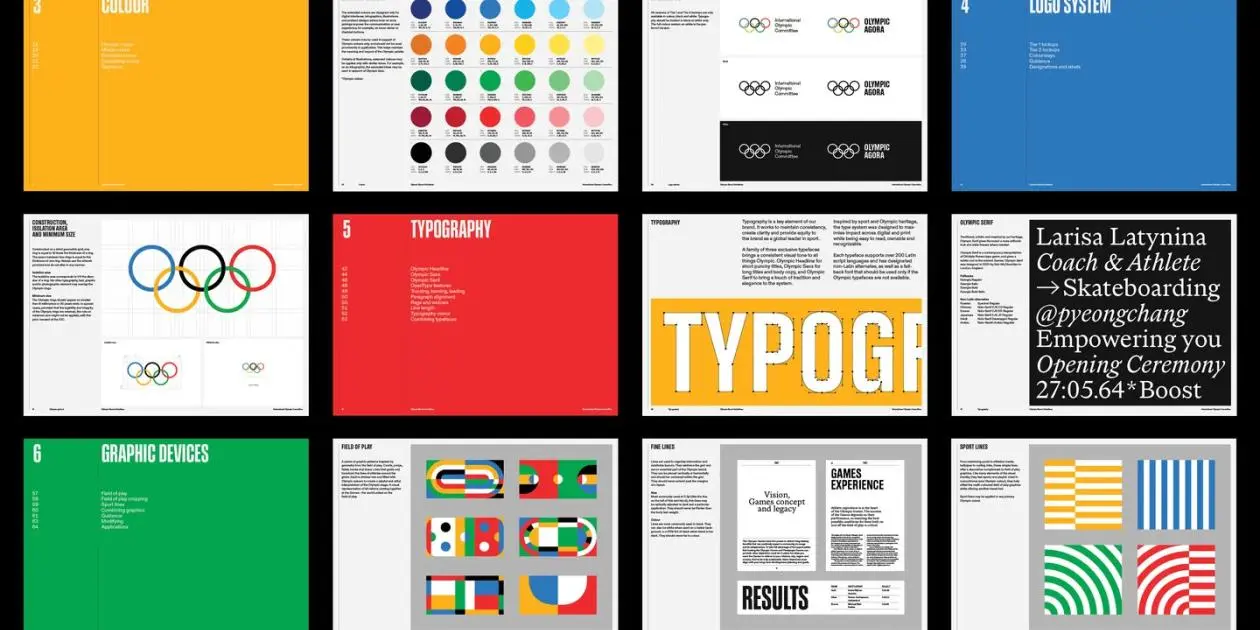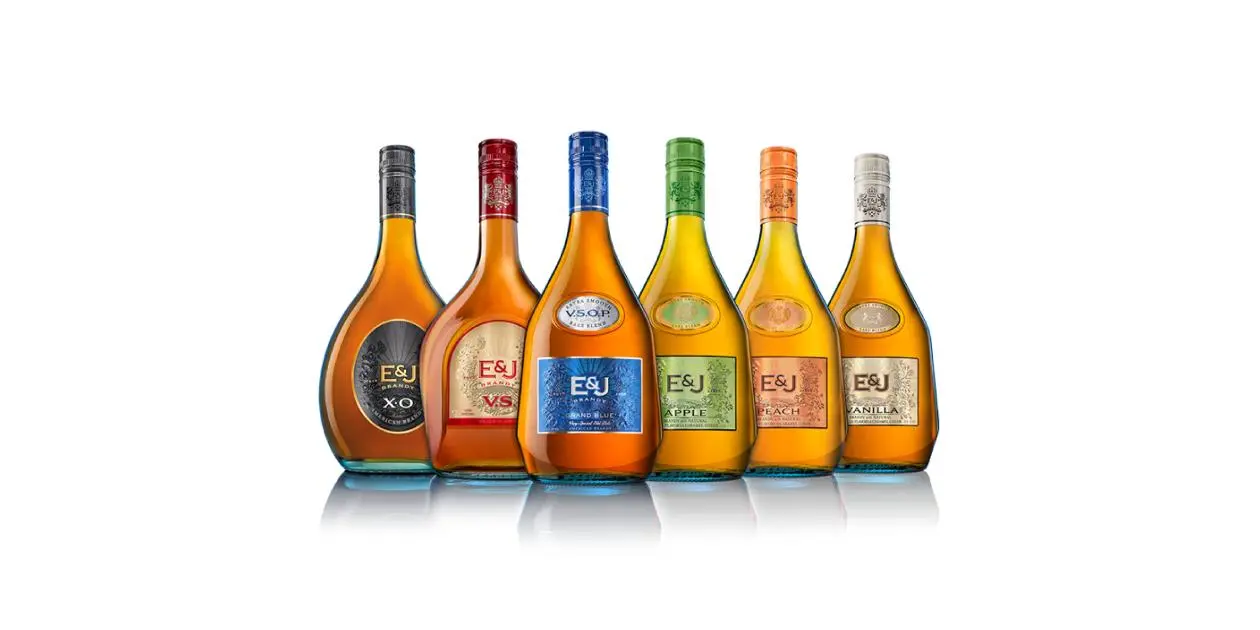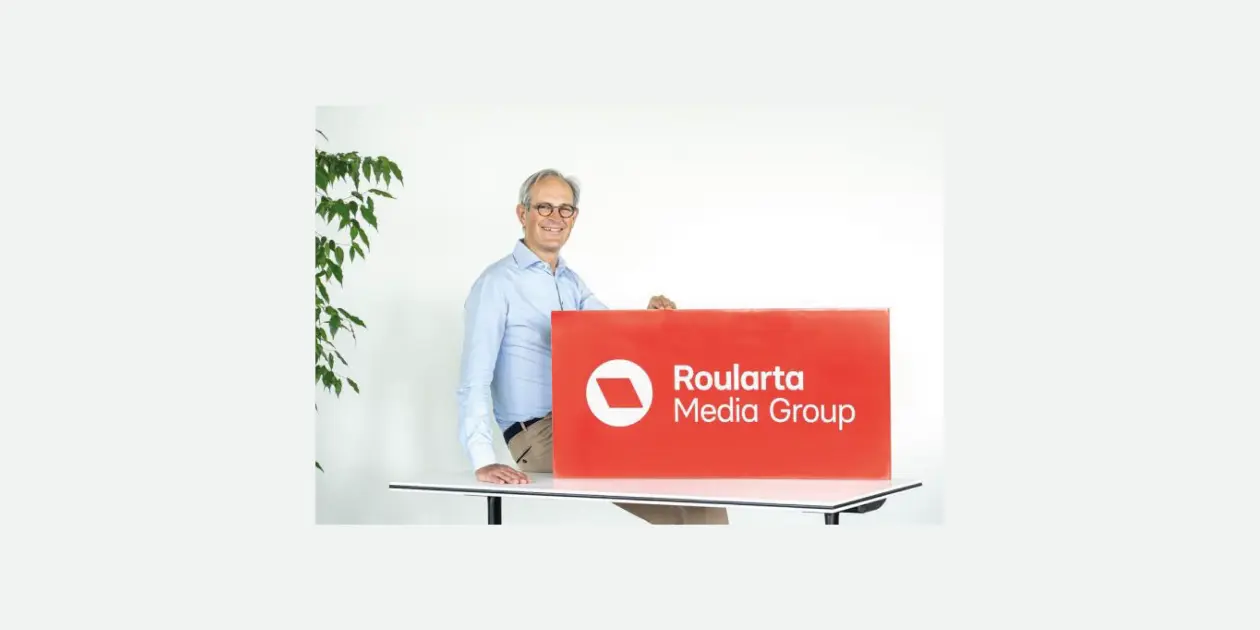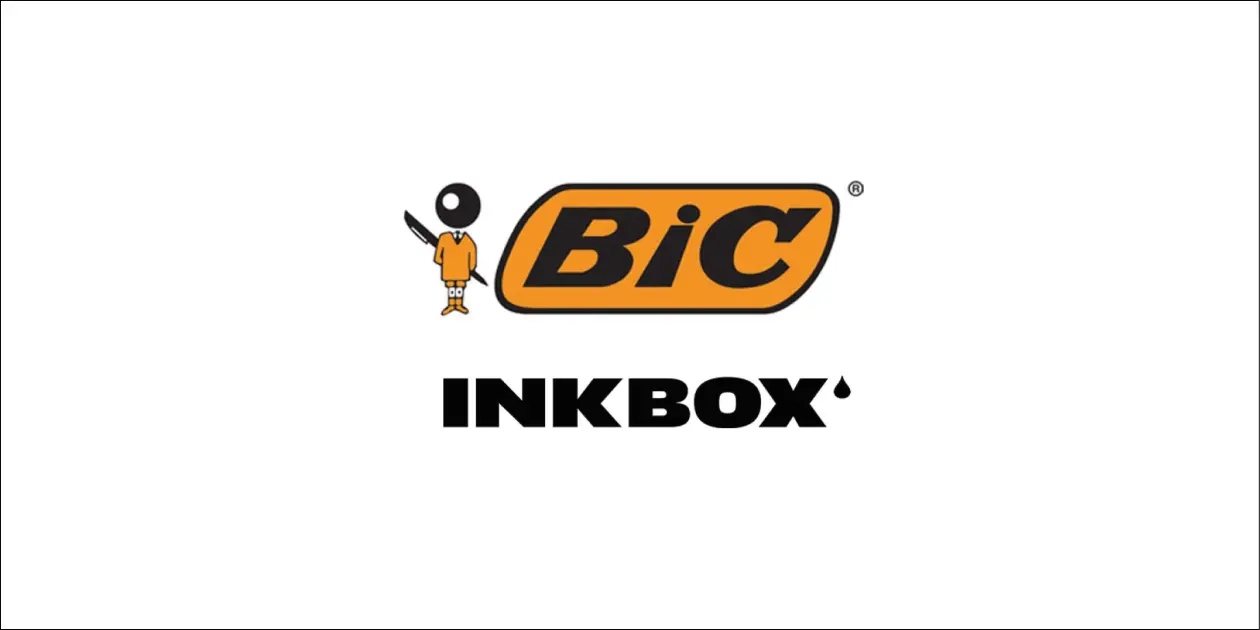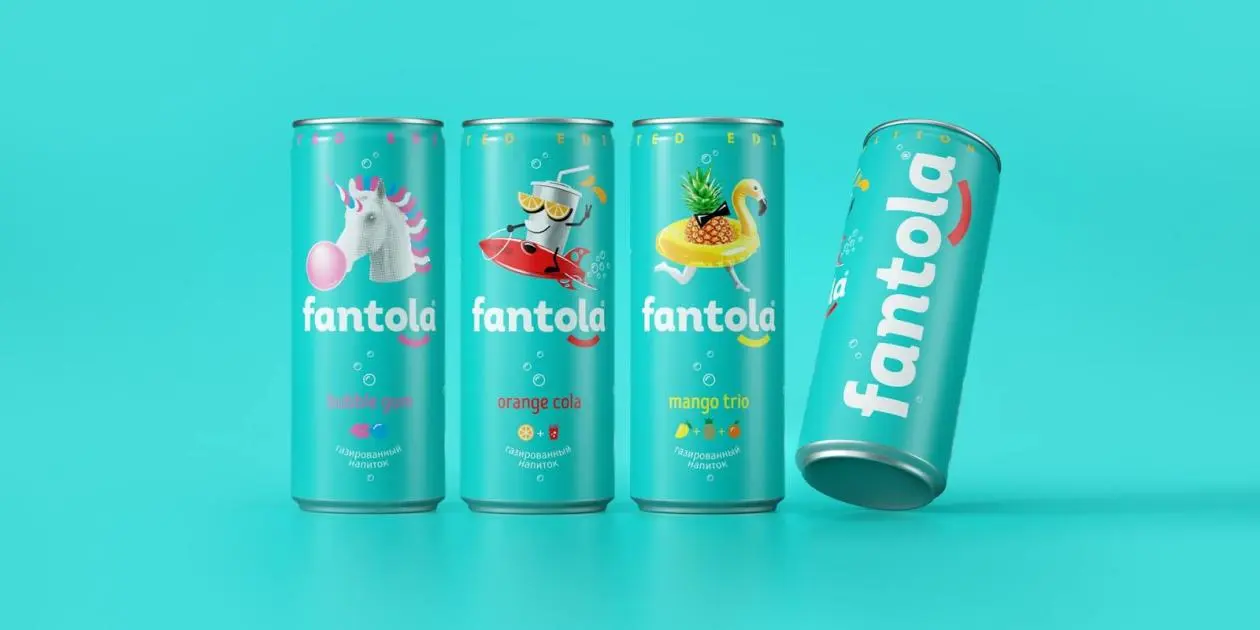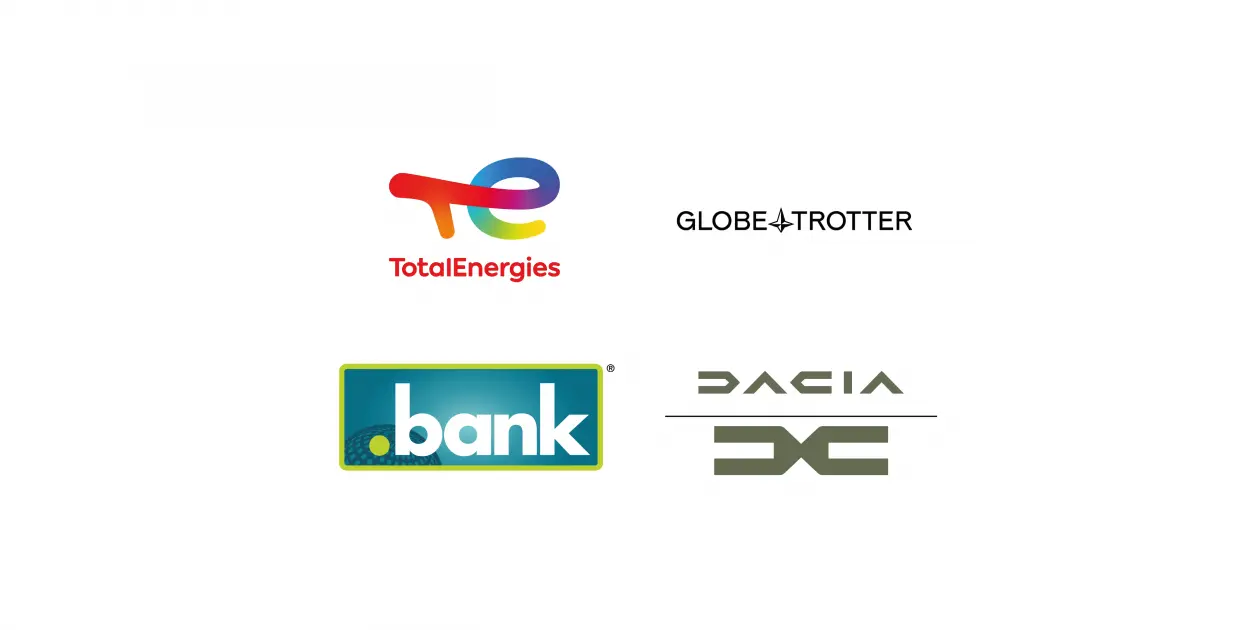More than the sum of the parts
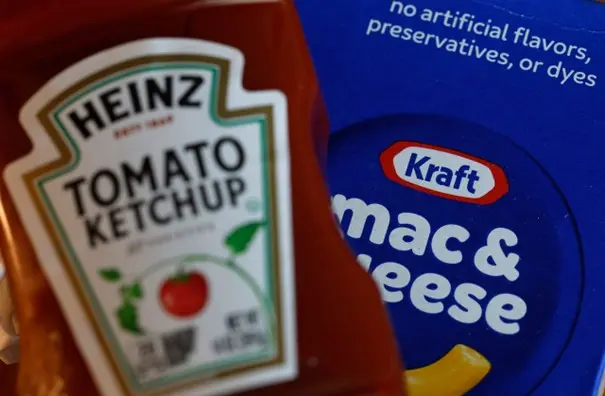

For decades, mergers and acquisitions have been a key growth strategy. They open new markets, combine expertise, and accelerate innovation. Yet in practice, the way you bring brands together often determines the eventual success. The recent announcement that Kraft Heinz will split into two companies shows how even iconic brands sometimes thrive better apart, in order to regain focus.
This raises the question: which brand model works best in a merger, acquisition, or split?
Four integration models
1. The confederate model
In this model, partners retain their own brand identity but work closely together under a shared flag.
Air France–KLM is a classic example: two strong names, each with its own appeal, yet connected within an international network. Closer to home, we saw this approach at the creation of KBC, where Kredietbank, ABB Insurance, and CERA were brought together under one brand name. Thanks to a careful naming process and stakeholder management, the new group gained a brand identity that remained locally rooted while being internationally recognizable – achieved with external guidance.

2. The Federal Model
A federation works with an overarching group brand, under which multiple brands continue to exist. This can be useful to clearly distinguish different activities or target groups.
Think of Unilever, which groups a wide range of strong product brands. A Belgian example is Acerta: born from a merger of organizations in the social security sector, united under one powerful brand name that conveys trust and reliability. Arvesta also illustrates this model. With brands such as Aveve and Spoormans under the umbrella, a clear horizon was drawn without losing the
value of existing names. Both projects were guided by Remarkable.
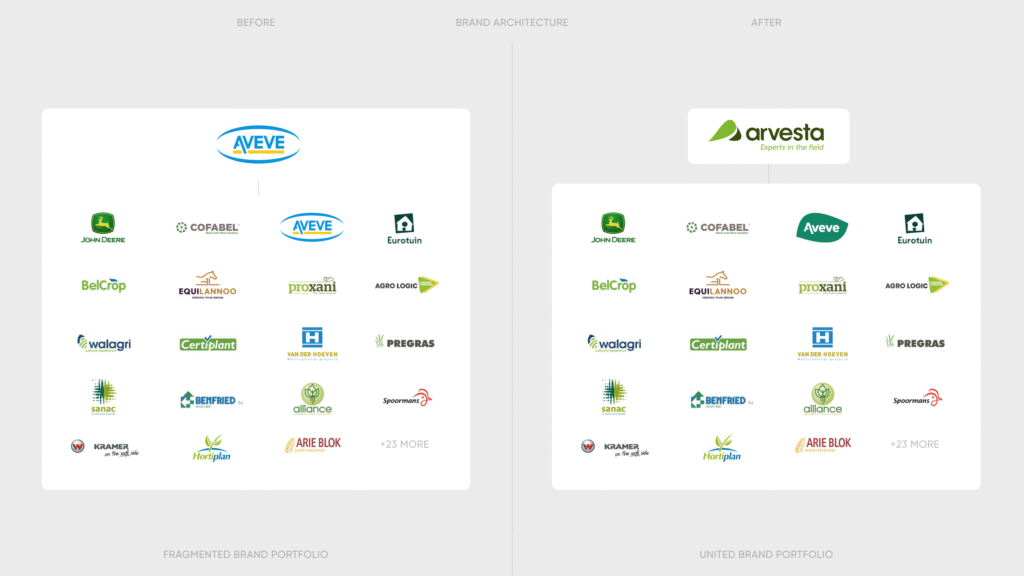
3. The absorption model
Sometimes a company chooses to integrate new activities under the dominant brand name. This simplifies brand architecture and strengthens international recognition.
Daikin followed this path by extending its brand from air conditioning to a broader mission of climate control. Sub-brands such as Altherma were integrated into a coherent brand story. Here it was crucial to carefully weigh cultural differences and market needs – an exercise only successful with in-depth auditing and external strategic guidance.

4. The symbiosis model
When two brands come together to create a completely new identity, we speak of the symbiosis model. The new brand symbolizes the alliance and is built on shared values.
Liantis is a strong example: created from the merger of ADMB, Provikmo, and Zenito. The name, derived from ‘alliance’ and ‘linking’, emphasizes connection and collaboration. Thanks to a careful process of name creation, internal workshops, and legal trademark protection – in close cooperation with an external partner – the new identity was embraced both internally and externally.
Splits: the reverse movement
Not every strategic restructuring is about bringing brands together. Sometimes a split creates more value.
When Etex spun off part of its activities focusing on plastic production, Aliaxis was created: a name that is internationally usable, legally well protected, and meaningful to diverse stakeholders.
The food industry shows similar moves: Kraft Heinz recently announced it would split into two separate companies. The goal? To create focus and give each brand the right resources and attention to grow. Splits can also be imposed by government or legislation – for example, recent antitrust proposals to spin off Google’s Chrome browser – which means brand architecture must already account for alternative scenarios around name, logo, and communication.

Conclusion
Whether it’s a merger, acquisition, or split: the chosen brand strategy determines whether the new structure becomes more than the sum of its parts. Confederation, federation, absorption, or symbiosis – each model has its own strengths, provided the brand process is carefully guided.
Want to know how a well-thought-out brand strategy can strengthen your merger or split? We’d be happy to discuss how to make the right choices together.
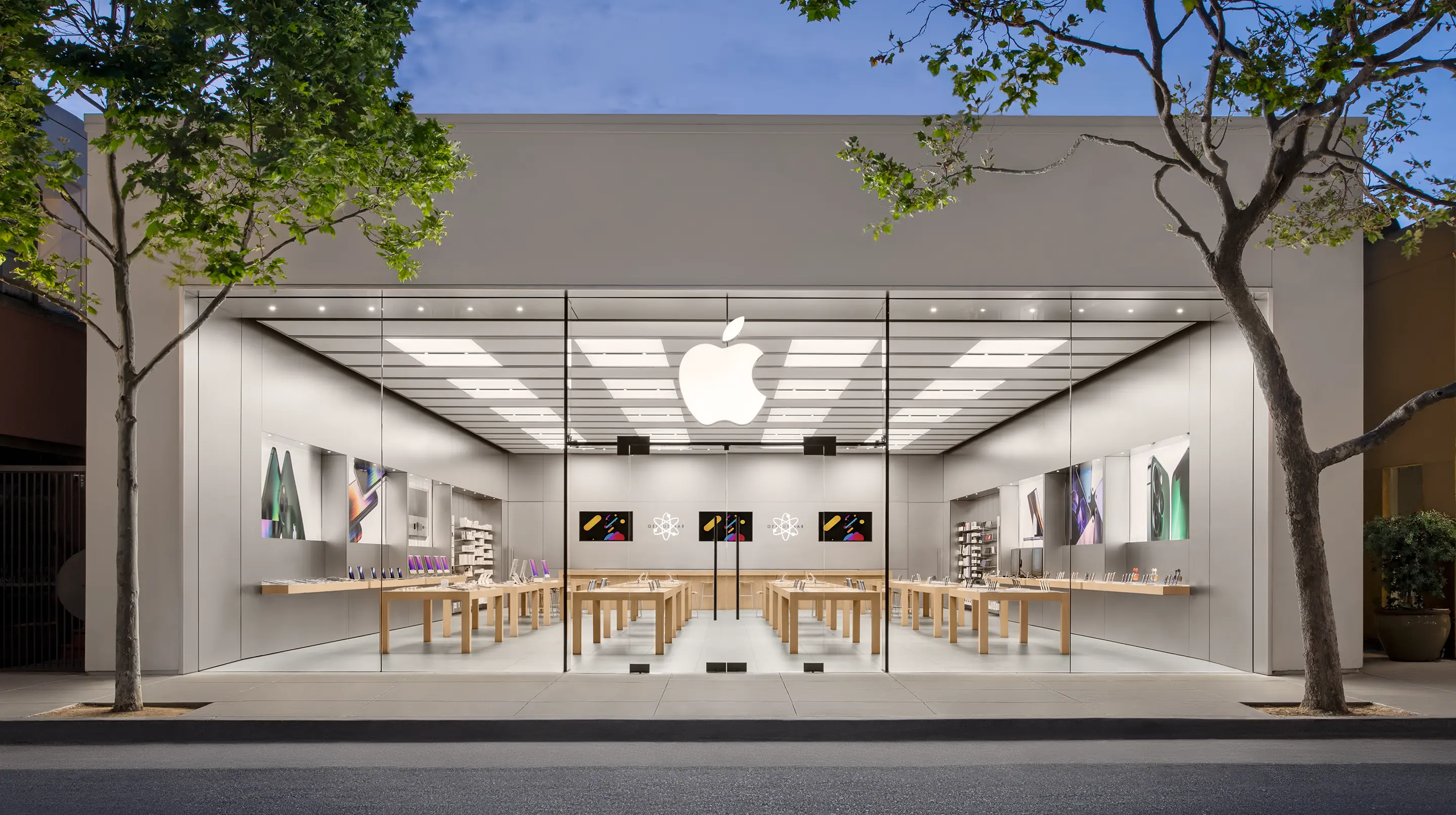
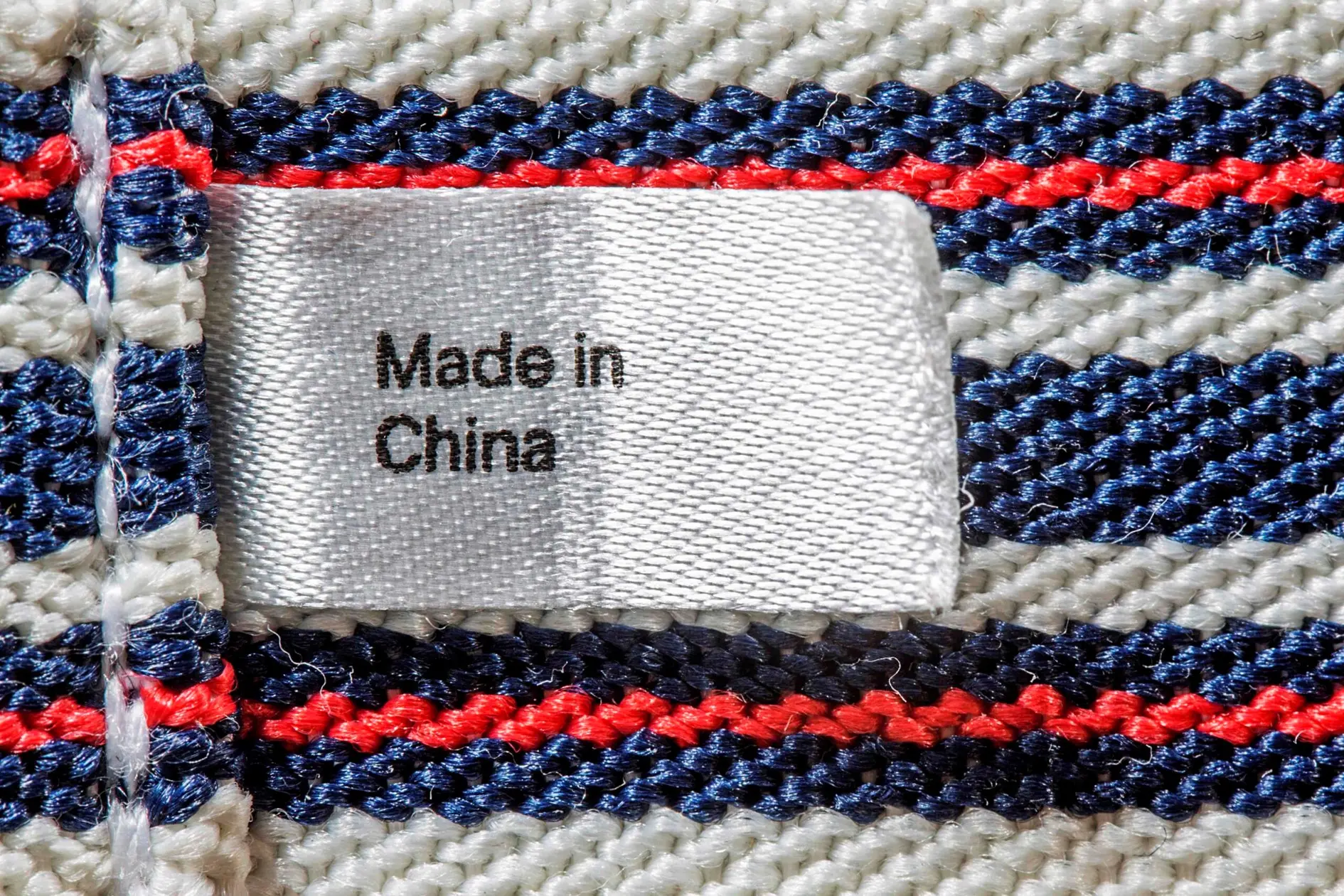
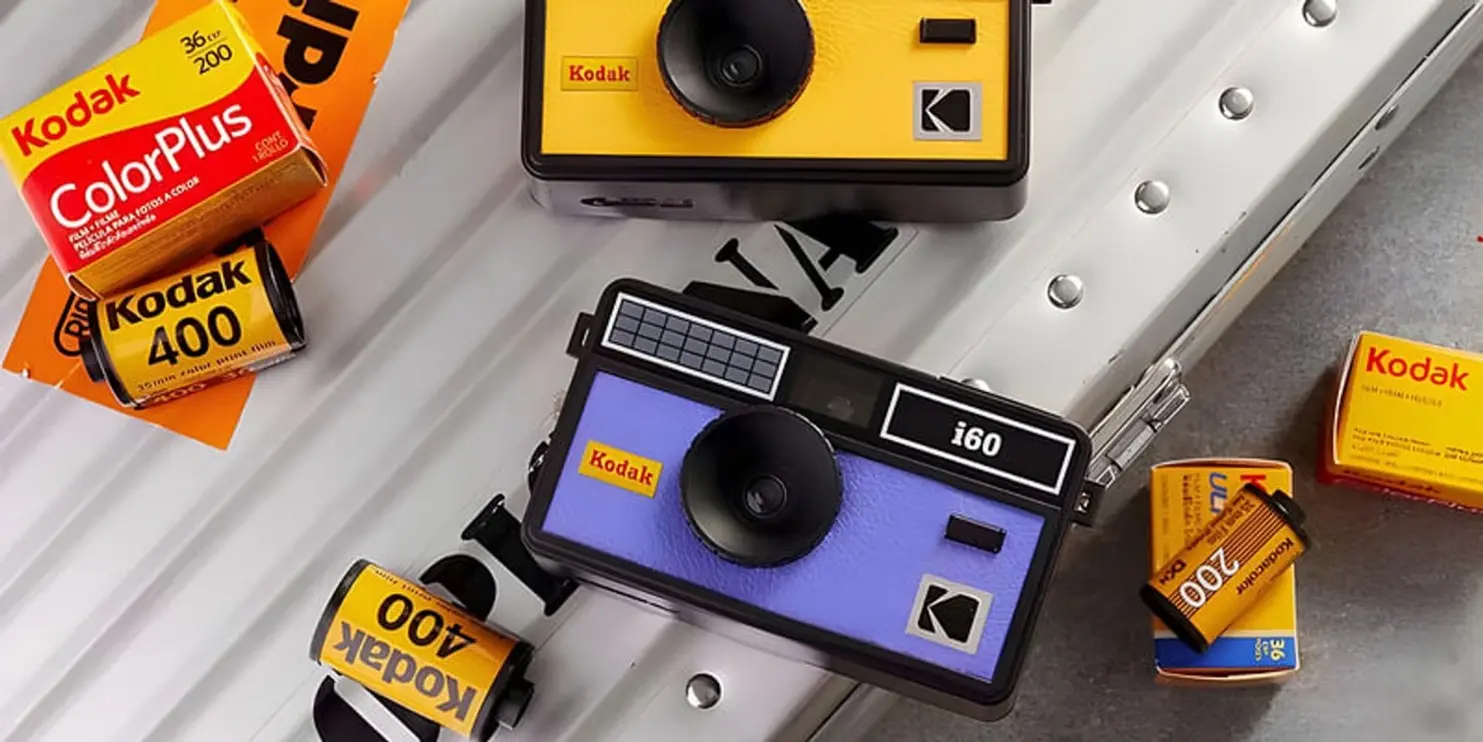

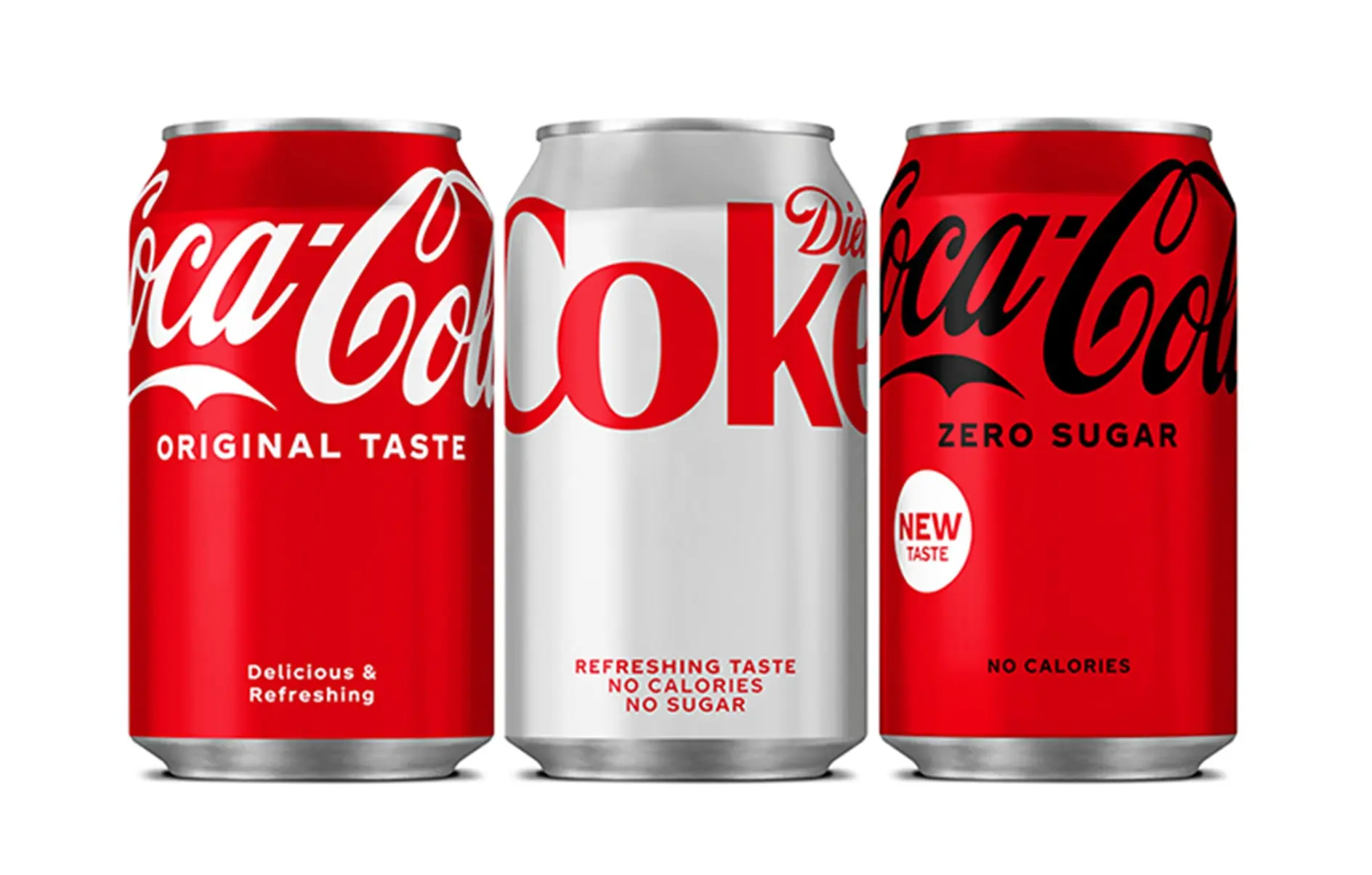





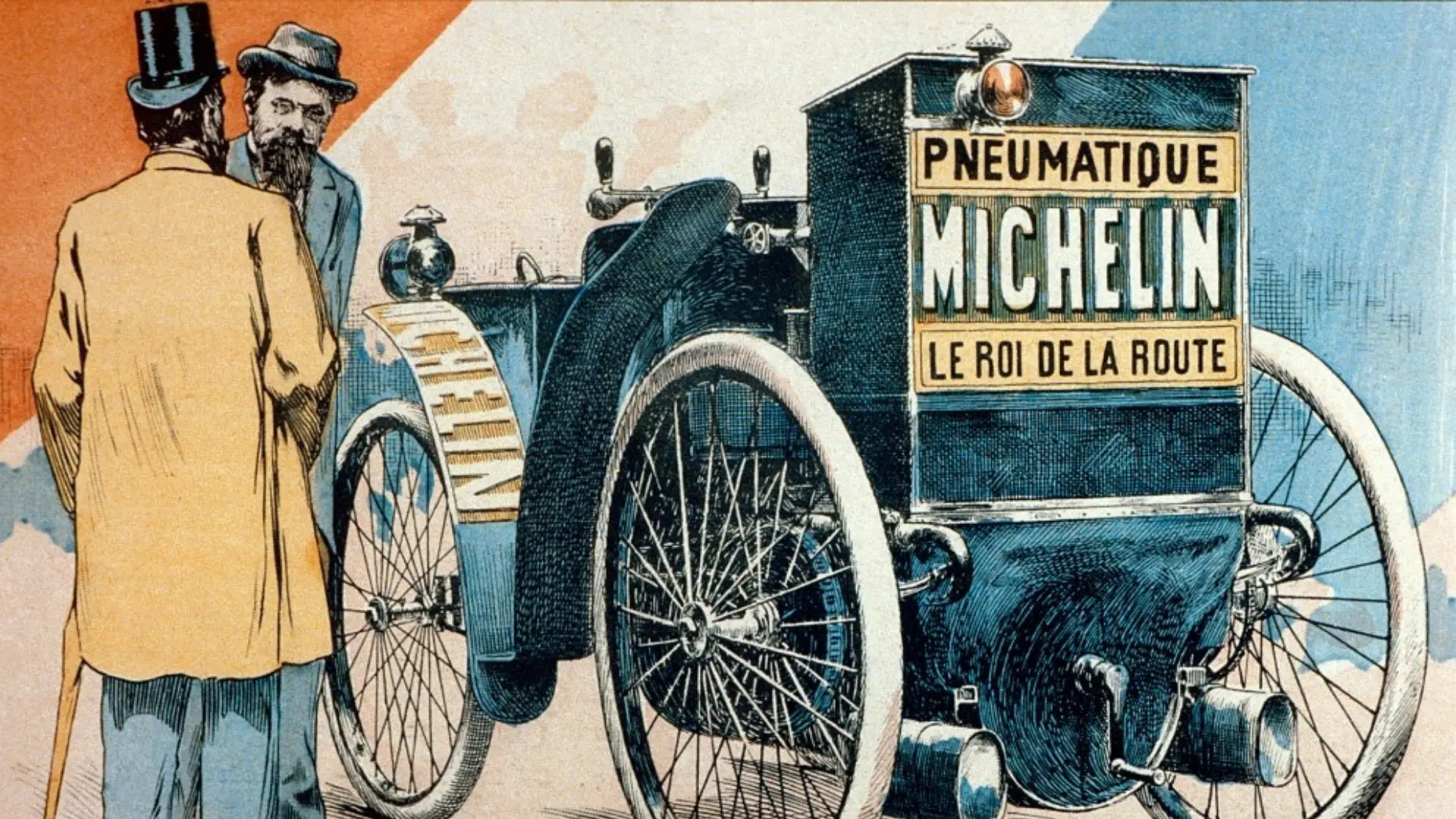









.webp)







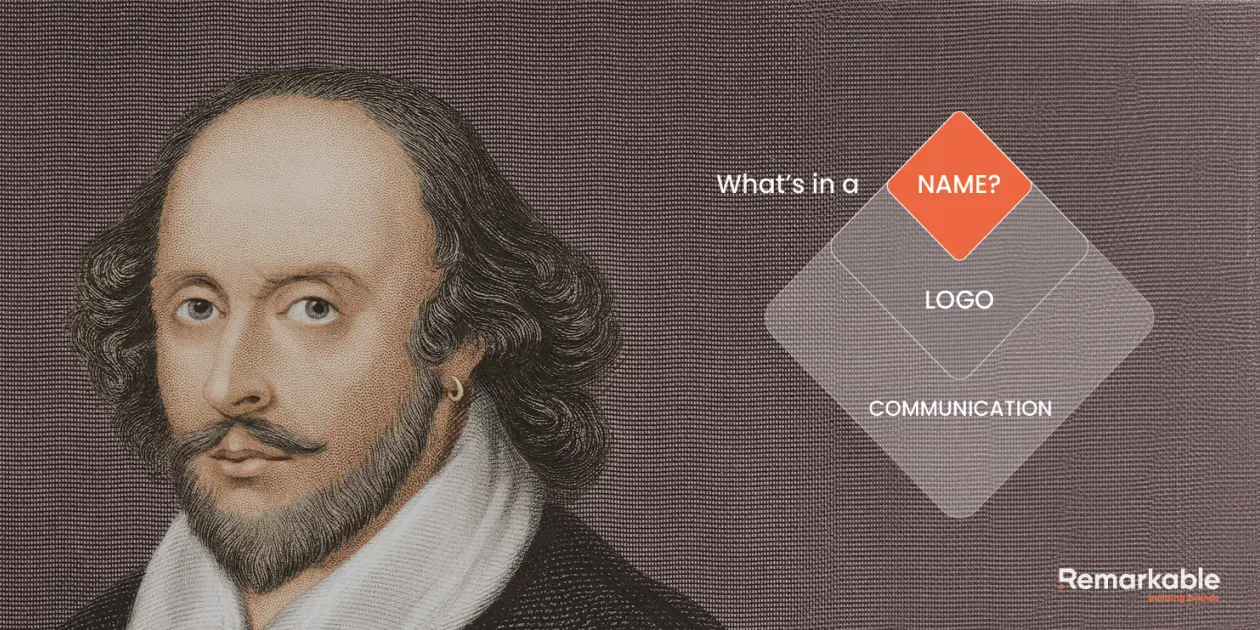



.webp)
.webp)


